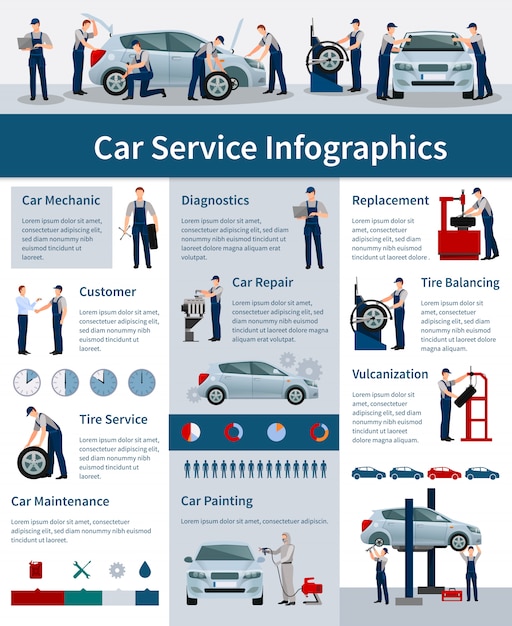When it involves your vehicle's brake system, comprehending usual concerns can save you from potential safety and security dangers. From recognizing brake pad wear to attending to brake liquid leakages, knowing just how to deal with these troubles is vital. However what concerning those spongy brake pedals? There's a solution for that as well. Stay tuned to read more about these problems and the functional options that can maintain you safely when traveling.
Brake Pad Put On and Substitute
When it pertains to preserving your vehicle's brake system, one vital aspect to keep an eye on is the wear and substitute of brake pads. Brake pads are necessary components that press against the brake rotors to slow down or stop your automobile. Gradually, these pads wear down as a result of friction, requiring normal inspection and substitute to ensure your brakes function properly.
To establish if your brake pads require substitute, pay attention for shrilling or grinding sounds when you use the brakes. Furthermore, if your automobile takes longer to stop or you discover vibrations or pulsations when braking, it may be time to change the brake pads.
Ignoring worn brake pads can result in decreased braking performance, damage to other brake components, or perhaps brake failure.
Changing brake pads is a fairly simple process for numerous cars. Nonetheless, if you're not sure or awkward performing this job, it's best to consult a professional mechanic to guarantee appropriate installment and optimum brake efficiency.
On a regular basis inspecting and replacing brake pads is important for your security and the long life of your automobile's stopping system.
Brake Liquid Leaks and Upkeep
To guarantee your car's brake system works efficiently, it is essential to likewise take note of brake fluid leakages and upkeep. Brake liquid is crucial for transmitting the force from your foot on the brake pedal to the real braking mechanism. One usual issue with brake liquid is leaks, which can occur because of deteriorated brake lines, seals, or links. If you notice a puddle or leaks under your auto, it's important to attend to the leakage promptly to avoid a possible brake failing.
Consistently examining your brake liquid degree is essential to maintaining your brake system. Reduced https://johnathanpkezt.eedblog.com/30338673/unsure-whether-to-tackle-vehicle-fixings-yourself-or-call-a-specialist-find-out-the-crucial-variables-to-take-into-consideration-in-this-useful-overview can lead to air getting in the brake lines, which jeopardizes stopping efficiency.
Additionally, old or contaminated brake fluid can affect the general efficiency of your brakes. It's recommended to comply with the supplier's guidelines on when to change the brake fluid, usually every 2 years.
Spongy Brake Pedal: Blood Loss Brakes
If you've ever experienced a squishy brake pedal while driving, you comprehend the relevance of maintaining a company and receptive braking system. One typical cause of a spongy brake pedal is air entraped in the brake lines. When https://brakeshopnearme73950.blogolenta.com/27147791/preparing-your-auto-for-winter-months-specialist-guidance-on-cold-weather-driving-readiness goes into the brake system, it can bring about a loss of hydraulic stress, leading to that unsettling spongy sensation when you press the brake pedal.
To solve this concern, bleeding the brakes is required. Bleeding https://www.shawlocal.com/northwest-herald/news/2022/07/20/two-auto-repair-shops-damaged-in-algonquin-fire-tuesday/ involves eliminating the air from the brake lines to restore proper hydraulic stress.
To hemorrhage the brakes, you'll require an assistant to aid you. Begin by locating the brake bleeder valve on each wheel, usually discovered near the brake caliper. With certified mechanics , loosen up the shutoff and have your helper press the brake pedal while you observe any kind of air bubbles appearing. Repeat this process for each wheel, starting from the wheel farthest from the master cyndrical tube and moving more detailed.
As soon as you no longer see air bubbles and only clear fluid emerges, tighten the shutoff and top up the brake liquid storage tank as required. Bleeding the brakes assists make certain a firm brake pedal and improves general stopping efficiency.
Conclusion
Now that you recognize usual brake concerns and just how to repair them, you can ensure your vehicle's safety and performance. Remember to listen for warning signs like screeching noises or mushy brake pedals, and resolve them promptly. Routine maintenance and timely substitutes are vital to keeping your brakes in leading condition. Stay proactive and conscientious to your brake system to appreciate safe and reliable driving experiences.
